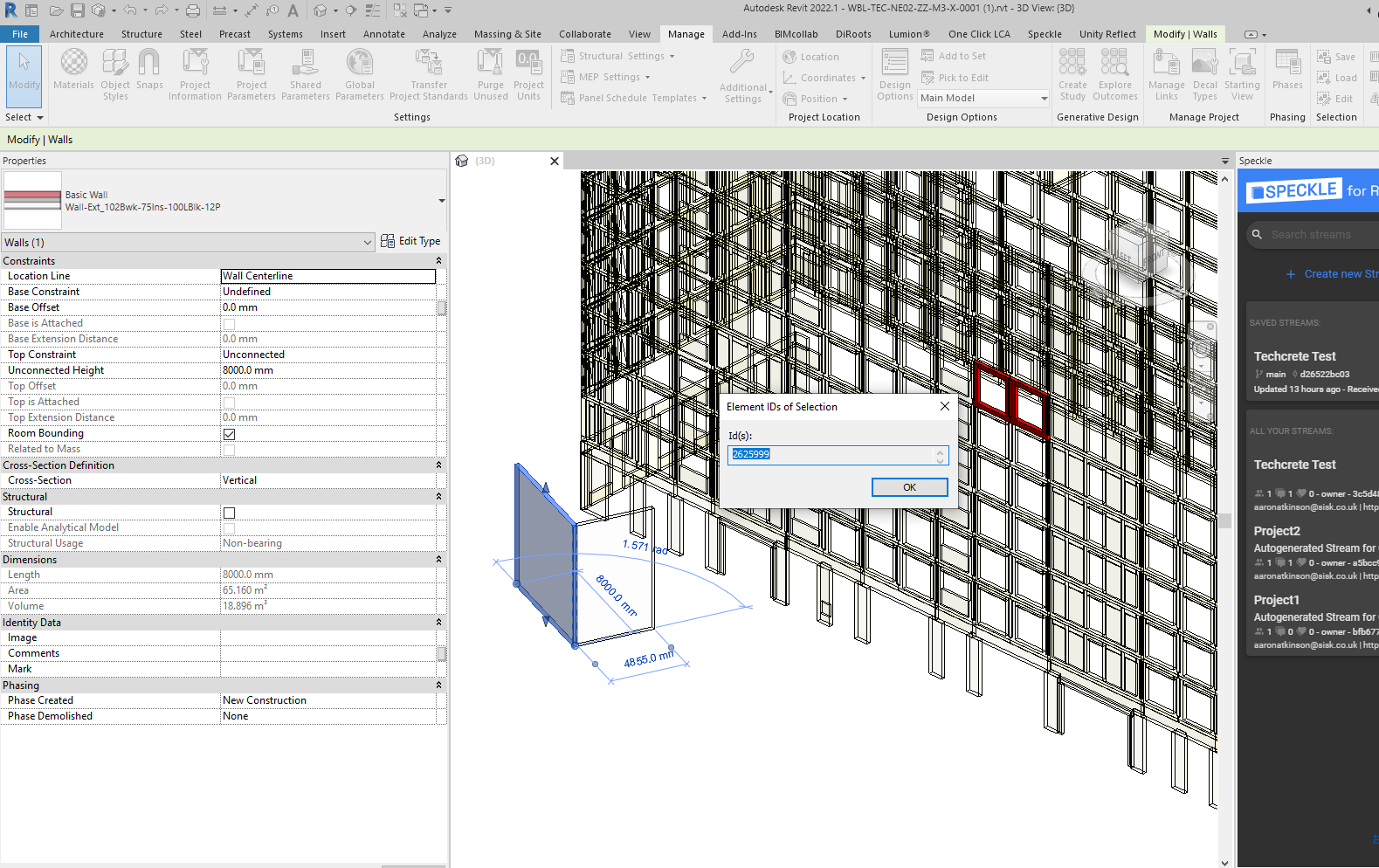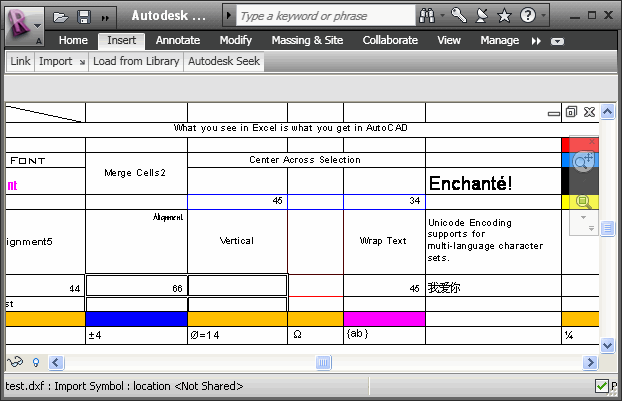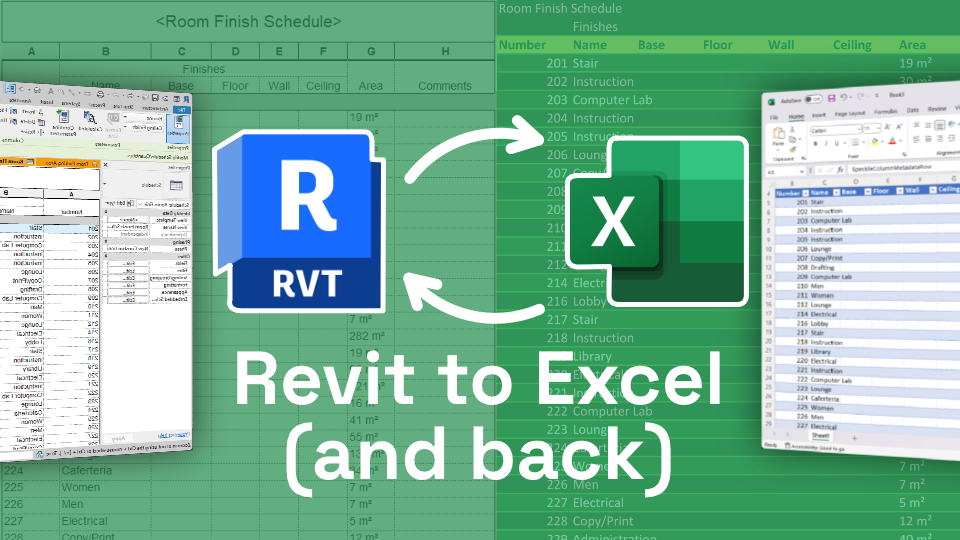Opening New Capabilities: Boost Revit Tools with the Right Plugins
Wiki Article
Understanding the Art of Data Integration: Exactly How to Seamlessly Import Excel Data Into Revit
Are you having a hard time to import Excel files into Revit efficiently? Look no additional! In this write-up, we will certainly assist you via the procedure of grasping the art of data assimilation. Discover the importance of smooth combination in Revit and discover the Excel documents layout for Revit integration. Prepare yourself to prepare your Excel data effortlessly and follow our step-by-step guide to import files into Revit. With our best methods, you'll accomplish data combination success in a snap. Let's get going!Recognizing the Relevance of Data Assimilation in Revit
Understanding the significance of information integration in Revit is critical for smooth importing of Excel documents. It allows you to successfully upgrade and manage info throughout the entire project when you incorporate data from Excel right into Revit. This integration guarantees that your design and building procedure is current and exact.By integrating data, you can easily import and upgrade specifications, schedules, and even geometry in Revit. This removes the demand for manual data entry, saving you time and reducing the danger of errors. With Revit's data integration capacities, you can maintain consistency and precision in your project, while also boosting partnership among team participants.

Checking Out the Excel Data Style for Revit Combination

In order to effectively incorporate Excel documents into Revit, it is vital to make sure that the information is formatted correctly. This includes appropriately identifying rows and columns, as well as structuring the information in such a way that is compatible with Revit's data schema. Revit utilizes particular parameters and categories to organize data, so it is essential to align the Excel information with these specifications to make certain a seamless assimilation.
In addition, it is essential to note that Revit just supports certain data types when importing from Excel. These consist of text, numbers, and days. Any type of other information types, such as formulas or conditional format, will certainly not be identified by Revit and may trigger issues during the assimilation procedure.
Preparing Your Excel Data for Seamless Import Into Revit
To ensure a smooth combination process, you'll require to properly format and tag the columns and rows in your Excel data before importing it right into Revit. This action is vital because it allows Revit to properly translate and organize your information. Beginning by examining your Excel data and identifying which columns and rows contain appropriate info for your Revit task. Make certain to classify each column with a descriptive and clear header. This will certainly help you and others conveniently recognize the function of each column and prevent complication during the import procedure.Next, ensure that the information in each column is properly formatted. If you have a column for dimensions, make sure that all measurements are consistently formatted in the very same systems of dimension. Revit depends on consistent format to properly translate and import data.
Additionally, it is very important to inspect for any kind of vacant cells or inconsistencies in your data. Revit might not be able to check out or import data from cells that are vacant or contain mistakes. As a result, it is recommended to assess your Excel information and cleanse up any type of disparities prior to importing it into Revit.
Step-By-Step Overview to Importing Excel Record Into Revit
When you've effectively formatted and classified your Excel information, you can easily import it right into Revit by following this detailed guide. To start, open Revit and navigate to the "Insert" tab. Click on "Import CAD" and pick "Import Excel" from the dropdown menu. A brand-new home window will certainly appear, asking you to situate the Excel documents you intend to import. Search your computer system and pick the Excel documents, after that click "Open."Following, a dialog box will certainly show up, permitting you to tailor the import settings. Right here, you can select the worksheet you intend to import, define the range of cells to import, and choose the appropriate systems for your data. When you've made your options, click "OK" to proceed.
Revit will certainly now display a preview of your Excel import excel into revit data. Take a moment to assess the preview and make certain that whatever looks correct. If needed, you can make adjustments to the import settings by clicking on the "Setups" switch.
Ideal Practices for Information Assimilation Success in Revit
Make certain you comply with these best practices to ensure effective assimilation of information in Revit. It is crucial to arrange your data in Excel prior to importing it right into Revit. This indicates making sure regular naming conventions, appropriate format, and exact data representation. Next, make usage of Revit's built-in tools for data mapping. This will allow you to match the columns in your Excel file with the matching specifications in Revit. Bear in mind the systems and information kinds when mapping the information, as any inconsistencies can cause errors in the combination procedure.Another important technique is to on a regular basis validate and update your information. Additionally, make usage of information recognition devices within Revit to identify any kind of errors or incongruities in the incorporated data.
Lastly, it is advised to develop a clear workflow for information combination. This consists of specifying responsibilities and roles, establishing an interaction channel between staff member, and establishing a regular cadence for data updates and evaluations. By adhering to these best techniques, you can guarantee a smooth and successful combination of data in Revit, inevitably improving the performance and accuracy of your job.
Conclusion
To conclude, grasping the art of data assimilation is essential for seamless import of Excel submits right into Revit. Understanding the importance of data assimilation in Revit is the initial step in the direction of effective combination. Exploring the Excel file layout for Revit integration aids in recognizing the limitations and needs. Preparing the Excel data properly and following a detailed guide is important for a smooth import process. By complying with ideal methods, you can make certain data combination success in Revit and make one of the most out of your task.When importing information from Excel into Revit, it is crucial to recognize the file layout and exactly how it can affect the assimilation procedure (revit plugins). Revit makes use of certain parameters and groups to organize information, so it is important to straighten the Excel information with these criteria to make certain a seamless assimilation
Be conscious of the devices and information types when mapping the information, as any disparities can lead to mistakes in the combination procedure.
In addition, make use of data validation tools within Revit to recognize any kind of mistakes or variances in the integrated information.

Report this wiki page